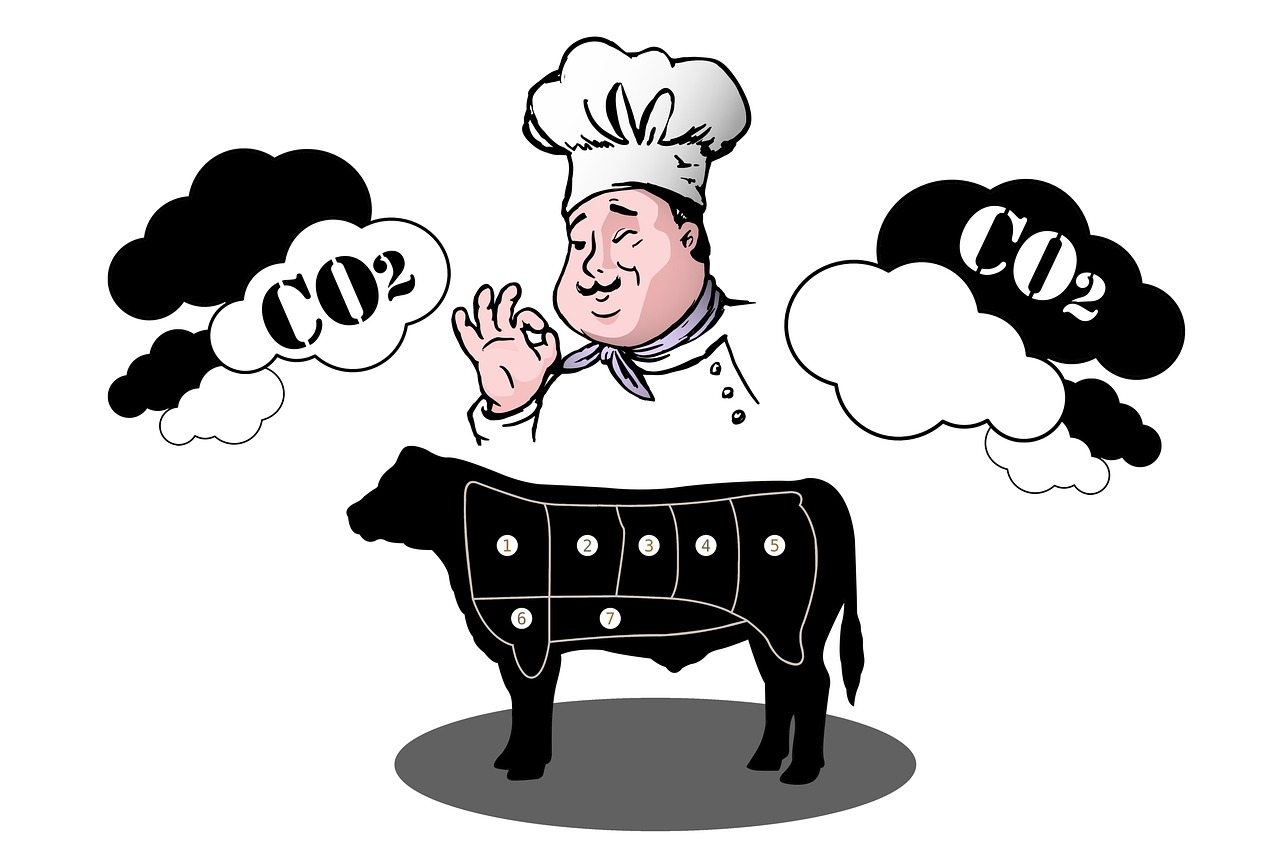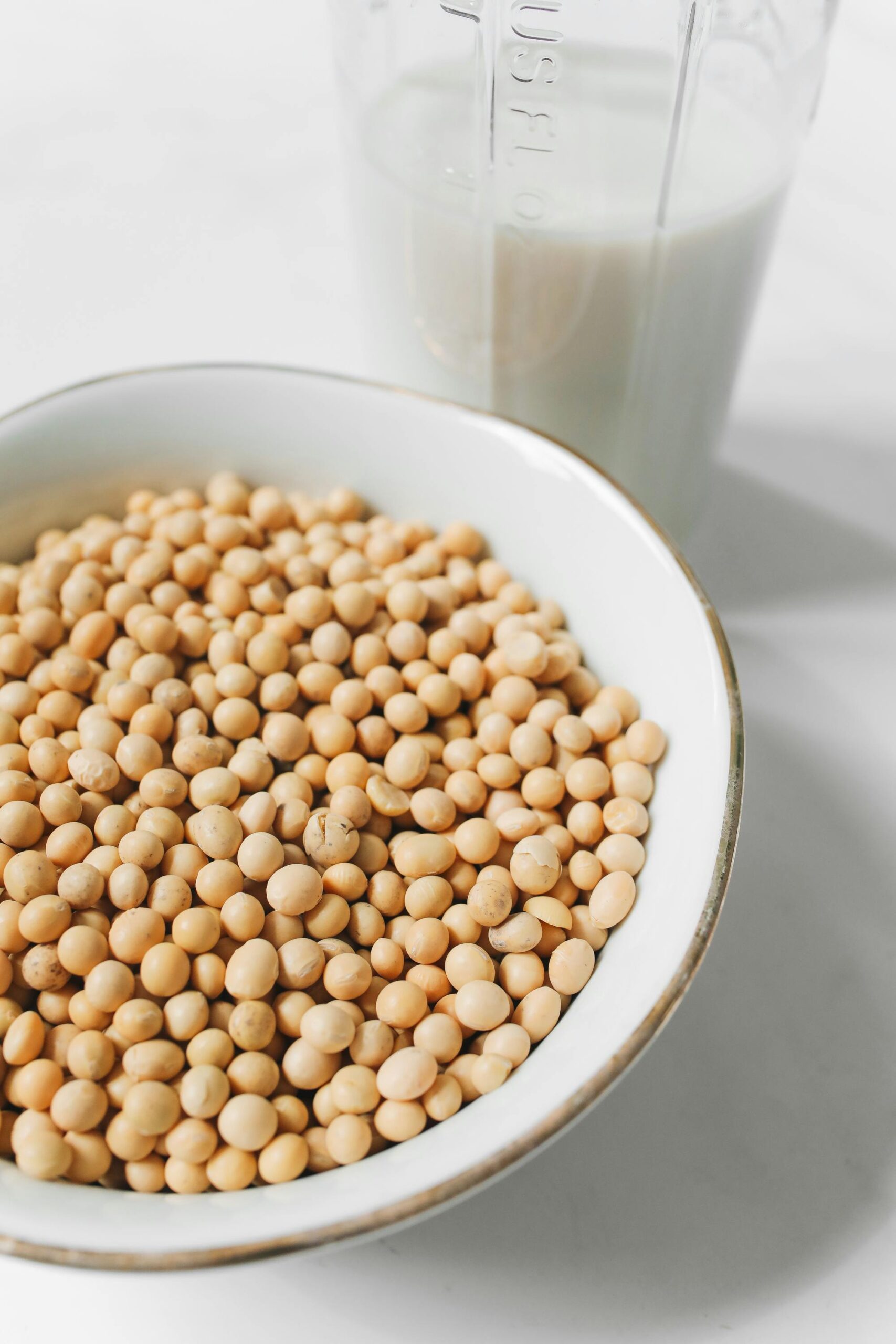Sustainability/Climate Friendly
myTofu: A Tasty Step Toward a More Sustainable Future
💧 Tofu Uses Less Water—Significantly
Compared to traditional meat products, tofu is much more water-efficient. Producing 1 kilogram of tofu typically requires 10 times less water than producing the same amount of beef. This difference is largely due to the absence of animal feed crops and livestock hydration in tofu’s production process. By choosing tofu, you’re helping to preserve freshwater resources, which are under increasing pressure worldwide. It’s a small change in your diet that can make a measurable difference when adopted at scale.


🌍 myTofu’s Production Emits 92.5% Less CO₂ Than Beef
Environmental impact doesn’t stop at water. In terms of carbon emissions, tofu is again the more sustainable option. On average:
Beef production emits 27 kg of CO₂ per kilogram of meat.
Tofu production emits only 2 kg of CO₂ per kilogram.
That’s a 92.5% reduction in greenhouse gas emissions, making tofu a compelling choice for anyone looking to reduce their carbon footprint without compromising on nutrition or taste.
📦 Local Sourcing and Smarter Packaging
We go a step further by embedding sustainability into our supply chain and packaging:
Our tofu is made using NL-Soja’s organic soybeans, grown right here in the Netherlands. This not only supports local farmers but also reduces transportation emissions.
We use reusable delivery containers and eco-conscious packaging materials wherever possible, minimizing waste and promoting a circular approach to food production.
These efforts don’t just reduce environmental impact — they also support a more transparent, regional food system that benefits both people and the planet.



🔄 Our Ongoing Commitment
Sustainability isn’t a checkbox — it’s a continuous process of improvement. We’re always exploring new ways to reduce our environmental footprint, whether it’s by innovating our production process, partnering with like-minded suppliers, or engaging with our community to encourage more climate-friendly eating habits.
We’re not perfect, but we’re dedicated to making better choices every day — and we invite you to be part of that journey with us.
Sources Used
Wp_Jgk8kj. (2022). Tofu Carbon Footprint & Environmental Impact – Consumer Ecology. Consumer Ecology. https://consumerecology.com/tofu-carbon-footprint-environmental-impact/
Kilgore, G. (2023). Carbon Footprint Chicken vs Beef vs Tofu (Calculator Shows CO2 Per kg). 8 Billion Trees: Carbon Offset Projects & Ecological Footprint Calculators. https://8billiontrees.com/carbon-offsets-credits/carbon-ecological-footprint-calculators/carbon-footprint-chicken/

